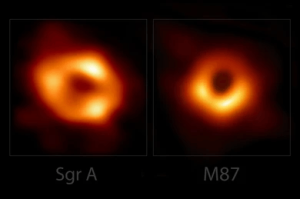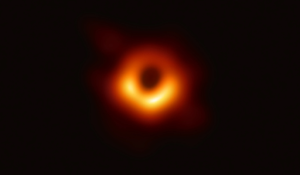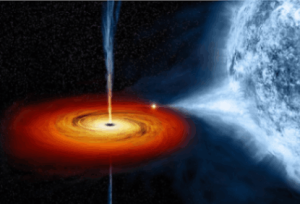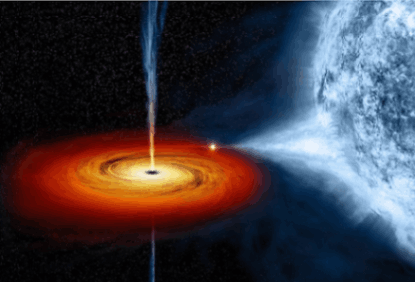Across the cosmos, galaxies glisten like celestial jewels, housing billions of stars, worlds, and awe-inspiring phenomena. Hidden within their luminous hearts lies an elusive secret the fabled black hole. But do these inscrutable dark behemoths lurk in every galactic domain? Embark on a journey to unravel this enigma.
Galaxies adorn the universe in diverse splendor, from elegant spirals to smooth ellipticals to irregular, chaotic beauties. Yet, beneath their mesmerizing facades, a question arises: Do black holes, irrespective of a galaxy’s form, reside at its core? Astoundingly, the response is resounding, yes almost all well-structured galaxies harbor these shadowy monsters, but their characteristics are as captivating as they are elusive. Studies suggest that a black hole’s mass mirrors that of its host galaxy; thus, a galaxy twice as massive as its counterpart would possess a black hole of proportional girth. This tantalizing correlation hints at deeper cosmic connections awaiting exploration.
Spiral galaxies

Spiraling their way through the cosmic tapestry, galaxies like our Milky Way cradle supermassive black holes within their luminous cores behemoths millions to billions of times more massive than our Sun itself. Take Sagittarius A*, the enigmatic heart of our galactic homeland. Its nearest neighbor, the majestic Andromeda, also harbors a black hole the fabled Messier 31. These celestial juggernauts exert gravitational sway over stars and interstellar clouds alike, sculpting the ebb and flow of galactic dynamics.
Beyond mere gravitational shepherds, supermassive black holes are believed to play a pivotal role in the grand tapestry of galactic evolution. Their presence is thought to stabilize the very structure of spiral galaxies, regulating star formation and stellar lifecycles. Almost every spiral that unfurls its starry arms is graced by the presence of this singularity at its core. They are not solely cosmic vacuum cleaners but architects shaping the destiny of entire island universes. As we unravel their mysteries, these black holes emerge as essential threads woven into the fabric of galactic existence.
Elliptical galaxies

Elliptical galaxies do not have spiral arms. Instead, they are smooth and shaped like ellipses. Many of these galaxies have huge black holes at their centers, although their origins are complicated. One example is M87, a famous elliptical galaxy in the Virgo Cluster. It has a massive black hole at its core, and in 2019, scientists captured a historic image of it using the Event Horizon Telescope. This image showed the black hole’s silhouette surrounded by hot gas.
M87 black hole.
Irregular galaxies

The irregular domains, galaxies untamed by symmetry’s rules, present an enigma when it comes to the presence of black holes. Unlike their gracefully sculpted brethren, these messy celestial realms defy conventional structure. Yet, the question lingers: do irregular galaxies harbor black holes within their disorderly hearts?
The answer remains shrouded in uncertainty. While some irregular galaxies do indeed cradle black holes, not all contain these gravitational behemoths. Take SMC X-1, a high-mass X-ray binary system nestled within the Small Magellanic Cloud, a diminutive, chaotic galaxy visible from Earth’s southern skies. Here, a black hole feasts upon a stellar companion, emitting telltale X-rays as it engorges.
Still, the origins of galactic black holes remain a cosmic mystery. Theories abound, speculating their formation coeval with galaxies themselves, dense primordial clouds collapsing to birth stars, black holes, and island universes alike. Alternatively, these singularities may have grown over eons, merging and consuming surroundings to reach supermassive proportions. Black holes continue vexing the scientific mind, yet their pivotal role in shaping galactic evolution is undeniable.

